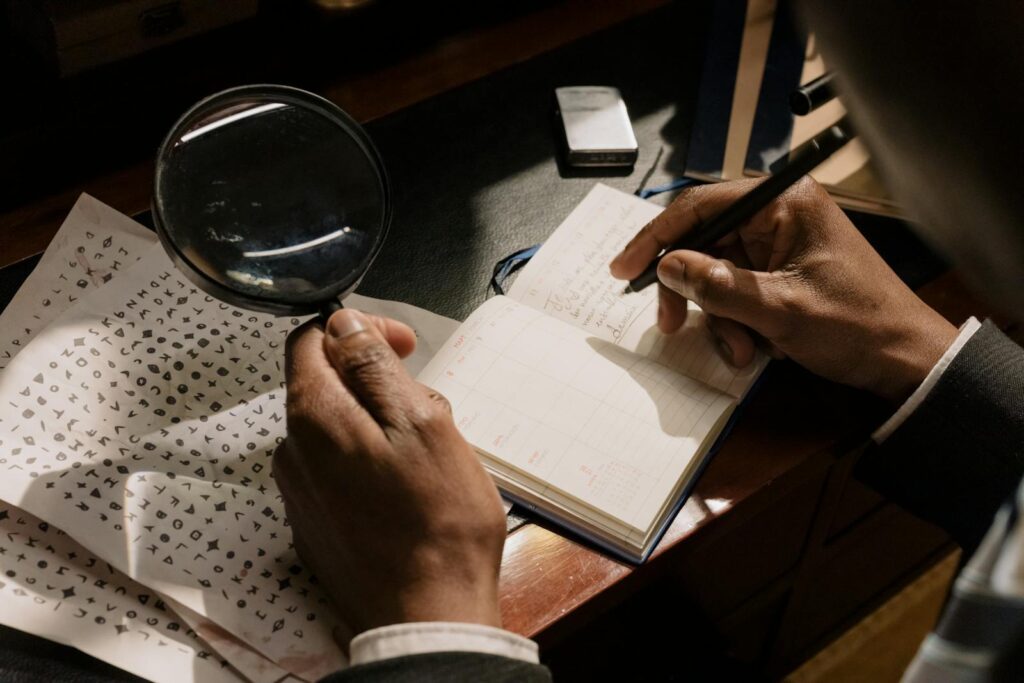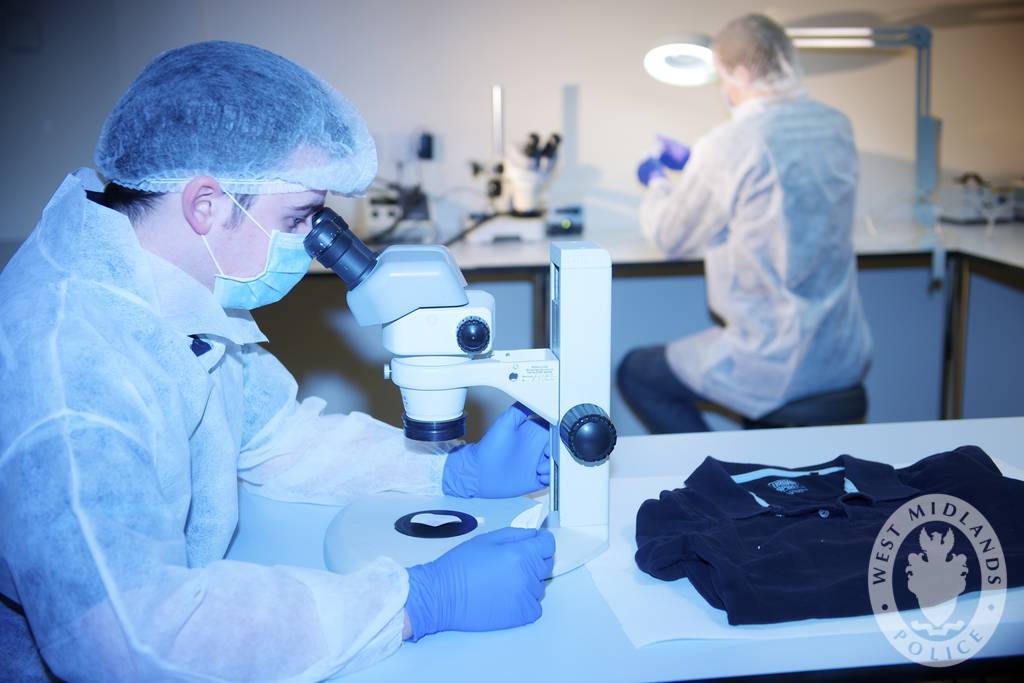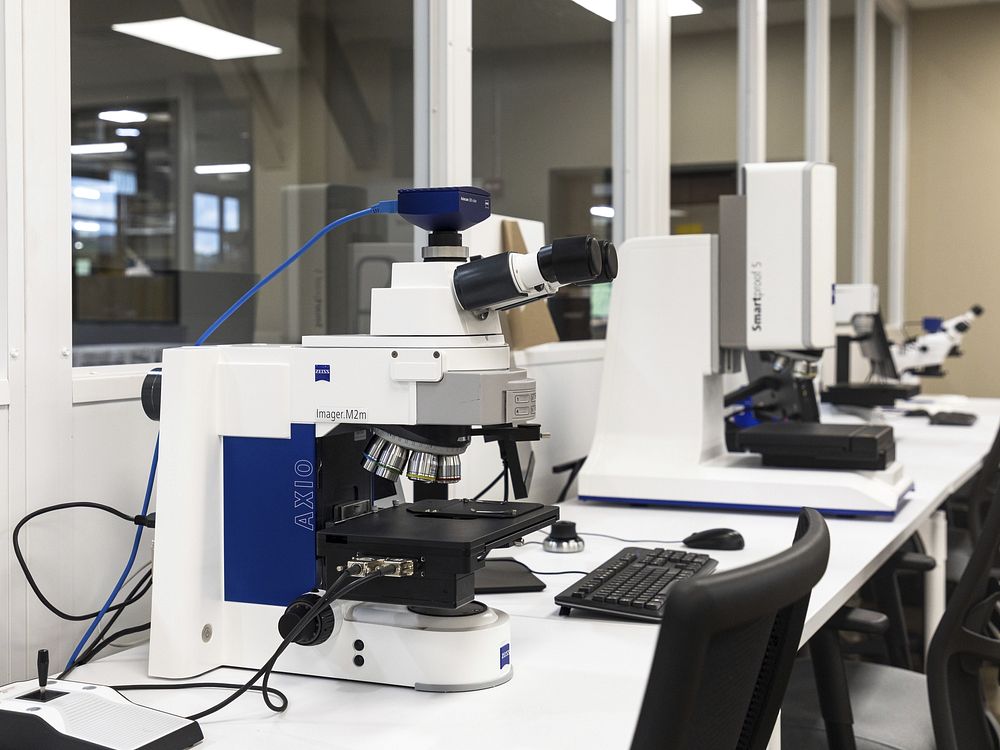Now Reading: Difference between Clinical and Forensic Toxicology
-
01
Difference between Clinical and Forensic Toxicology
Difference between Clinical and Forensic Toxicology
Analytical toxicology has two major disciplines concerning drug analysis that is concerned with human biological matrices; clinical and forensic toxicology. Both fields use similar analytical techniques designed to discern and quantify drugs, chemicals, and toxins in fluids or tissues.
“Forensic toxicology is a multidisciplinary field involving the detection and interpretation of the presence of drugs and other potentially toxic compounds in bodily tissues and fluids. These analyses and interpretations are conducted in a manner to be defensible in court” (Peter R. Stout, in Information Resources in Toxicology (Fourth Edition), 2009). “Clinical toxicology is the discipline within toxicology concerned with the toxic effect of agents whose intent is to treat, ameliorate, modify, or prevent disease states, or the effect of drugs” (J R Soc Med. 2004).
This assignment highlights the similarities and differences inherent in clinical and forensic toxicology. In clinical toxicology, analytical results assist in specifying the suitable treatment of a poisoned or intoxicated patient. In forensic toxicology, the results obtained usually have an important role in determining the possible impairment or behavioral changes in an individual, or the involvement of drugs or toxins in death in a medico-legal investigation. Forensic toxicology involves the use of toxicology for legal purposes. It is considered a meld of analytical chemistry and fundamental toxicology. This may include responsibilities such as urine testing to detect drug use, regulatory toxicology, occupational disease, and identification of contributory agents causing death or injury in humans and animals. Clinical toxicology uses methods akin to those utilized in forensic toxicology. The basic objectives here are to remove unabsorbed material, curb the further absorption of toxicant, quicken toxicant elimination, and reverse or relieve the effects of the toxicant.
Forensics is the use of scientific methodology in the legal system to deduce a medical finding. The distinction between clinical and forensic toxicology is not in the scientific methodologies or instruments used, but the difference lies in the end-use of the attained results. In clinical toxicology, the end-user is a medical physician using the findings to treat and care for an intoxicated or poisoned patient, while in forensic toxicology, the end-user can be a physician or a non-medical professional such as a lawyer, an employee in a company, or law enforcement agent using the results to interpret a cause of death, eligibility for employment. A clinical toxicology testing scheme also does not encompass a few important expenses that forensic toxicology demands. First, clinical testing does not involve confirmatory testing, which uses a second portion/aliquot of the original specimen that is run via various, more sophisticated, instruments in order to create corresponding positive screening results. This is a guaranteed way to catch false positives. Second, clinical testing also lacks a properly documented chain of custody.
Forensic toxicology tests are done with the objective of being used as evidence in legal proceedings, and hence, have several strict requirements:
· The data generated in the course of the analysis is expected to be used for the provision of legal scientific evidence.
· The subject’s consent is required for the test or a request for the test from a surrogate official such as a judge demanding a court-ordered test or a physician/gazetted official acting on behalf of a minor.
· The identity of the specimen, and/or extracts must have complete reliability from the time of collection to the time destruction of the specimen. This is also known as a chain of custody.
· A control or blank sample must be used to confirm all positive results.
A clinical toxicology test does not include any of these requirements because the test is not being generated for the purpose of legal action. The results are being used for diagnosis or medical treatments, along with the results of many other tests and clinical observations. Documented patient consent is not essential for clinical testing, and the identity of the specimen is presumed until proven otherwise. If there is a doubt in the identity or examination of a clinical specimen, it can just be recollected or the tests can be repeated to verify. But due to the nature of forensic testing, this option does not apply for forensic toxicology specimens due to the potential donor deceit and discordant results due to the lapse of time.
The role of the clinical toxicologist involves the traditional therapeutic role, which is the regulation of patients with acute and chronic poisoning. Besides, the clinical toxicologist will usually dispense expert advice via a poison information service and will be acquainted with the occupational and environmental effecst of a wide range of chemicals. Clinical toxicologists are also very likely to be involved in the development of strategies for the management and regulation of major chemical disasters, the analysis of antidotes used against bioterrorism and chemical warfare agents, and the assessment of the adverse effects of pesticides and other chemicals whether resulting from a single high-level exposure or chronic low‐level exposure. These include the provision of guidance through a poisons information service, an in‐patient treatment service, an out‐patient clinical, occupational and environmental toxicology service, advice to Government, Regulatory and other international agencies, analytical support and the providing an interpretive service for toxicological analyses, and opportunities for research and development and training in toxicology. The role of a Forensic Toxicologist is to monitor and record the influence of toxic substances and recognize the foreign chemicals in the body and their concentration. The technology and techniques for procuring and elucidating the results should be the main concern of Forensic Toxicologists and not the legal outcome or result of the investigation.
Forensic toxicology is essentially divided into three main categories- Workplace or pre-employment testing- Usually involves drug screening that is required by the workplace. Post-mortem toxicology dealing with the toxicology testing on deceased individuals and is a routine part of the autopsy process. The main aim is determining the cause of death and establishing its circumstances in post-mortem investigation. Post-mortem toxicology includes not only determining the presence and the number of toxic substances in the cadaver but how the body’s natural processes affect the substance, including chemical change and dilution. Human performance testing or Criminal Toxicology is used to establish the absence or presence of substances modifying or impairing human performance or behavior. This could be dealing with the determinants or toxicological factors in the investigation of criminal offenses, like driving under the influence of alcohol or drugs or committing a crime while on a drug. As minute quantities of toxins and their metabolites are to be isolated, purified, and quantified from a very complex matrix, the work of forensic toxicologists is considered as highly intricate. Individual Forensic Toxicology samples should be handled in such a manner as to reduce the likelihood of degradation, contamination, adulteration, and/or damage during all the steps from collection to transport, analysis, and finally result reporting. A chain-of-custody form should be maintained that will accompany specimens from the scene of collection to the laboratory.
Forensic toxicologists have an immensely responsible career as they have to quantify, analyze, and evaluate toxic substances using biological and chemical parameters. There are various analytical and instrumental ways e.g. Spectrometric assays, immunoassays to identify explosive residues and toxins, chromatographic techniques, etc, these procedures can be applied to measure a very small amount of drugs often present in biological samples. Forensic Toxicologists should have a thorough knowledge of various fields of science e.g. Drug Metabolism, Pharmacogenomics, Pharmacokinetics, ADMET parameters, etc. Establishing a scientifically accurate cause and manner of death has serious implications for public health and public safety, for example- A new contagious disease could be rampant (bird/swine flu), and forensically reliable toxicology is a vital component of that process. Death investigation toxicology can have both a clinical or a forensic aspect and is hence performed by both public and private laboratories and many private forensic laboratories provide expensive specialized expertise and services that are not available in government laboratories.
–








